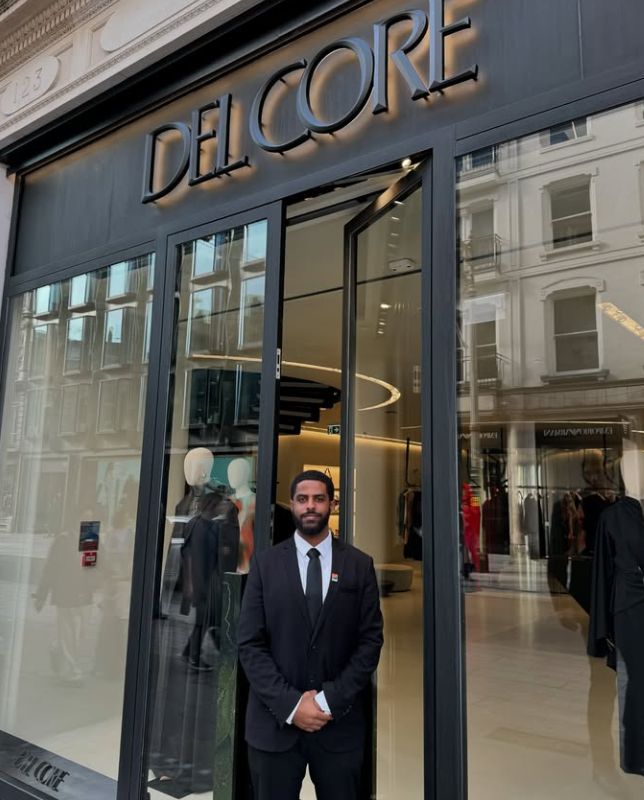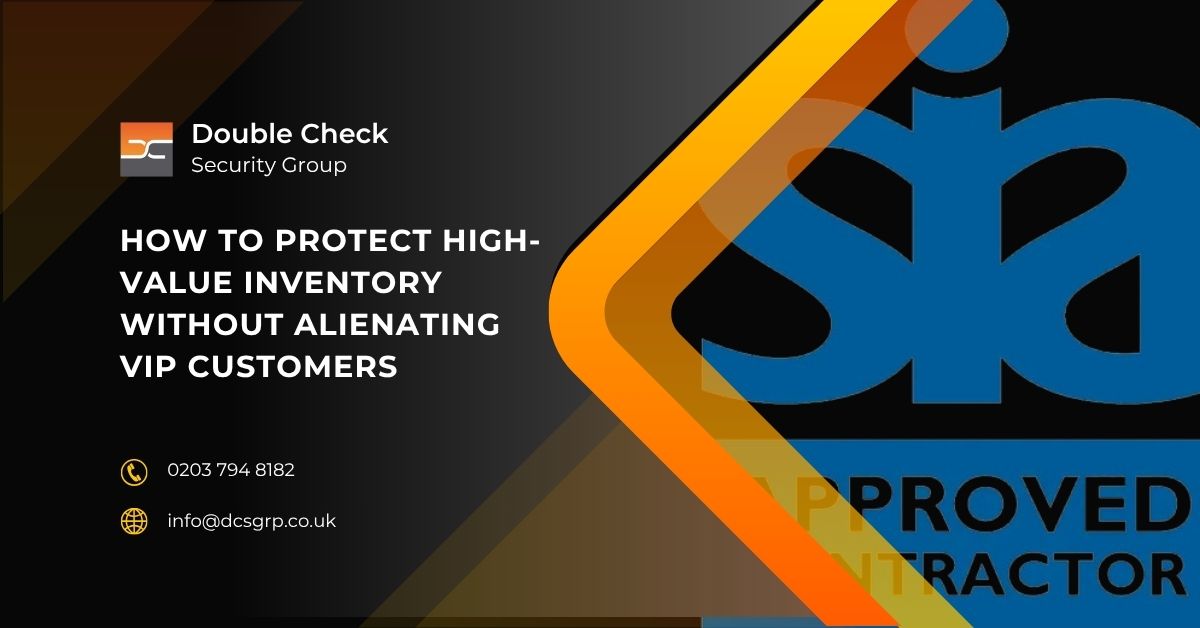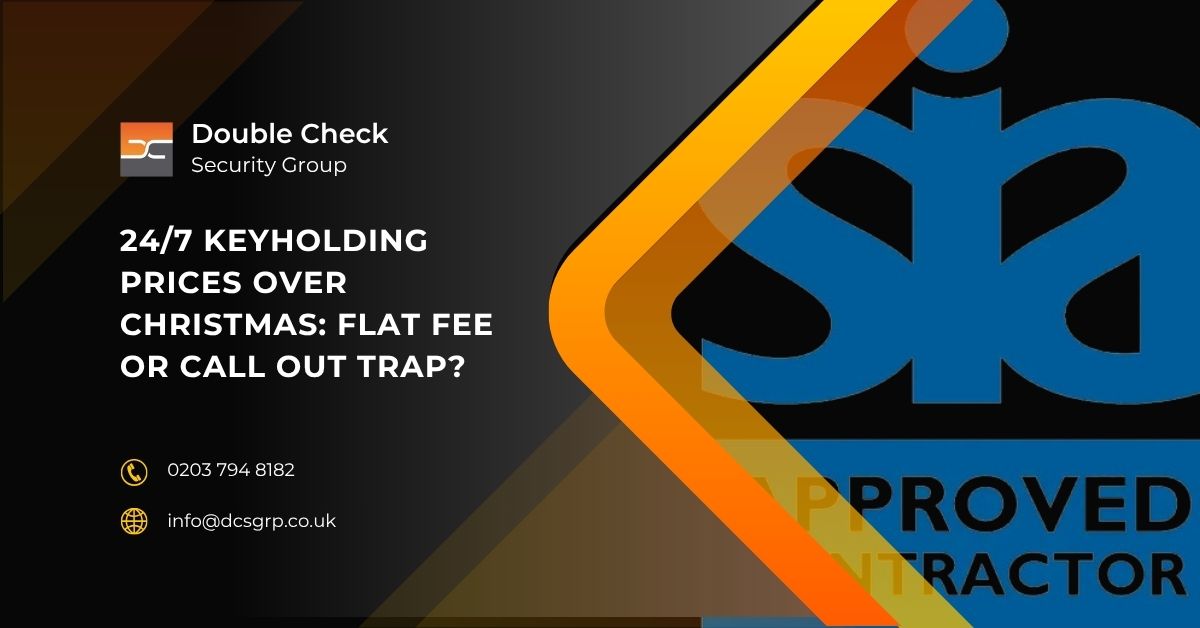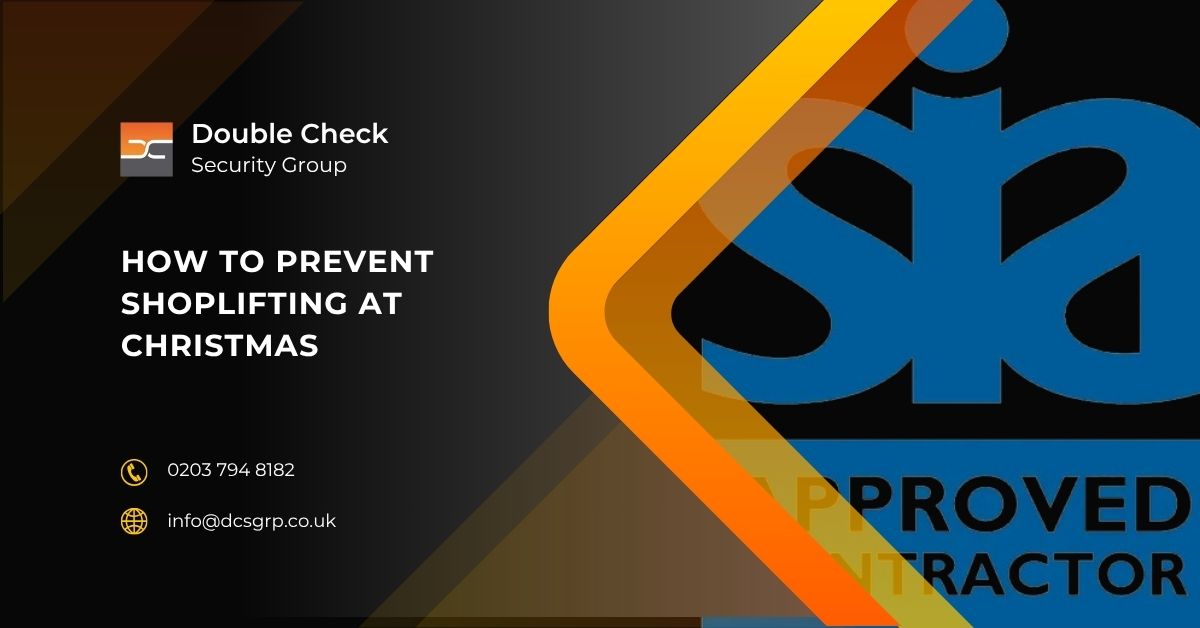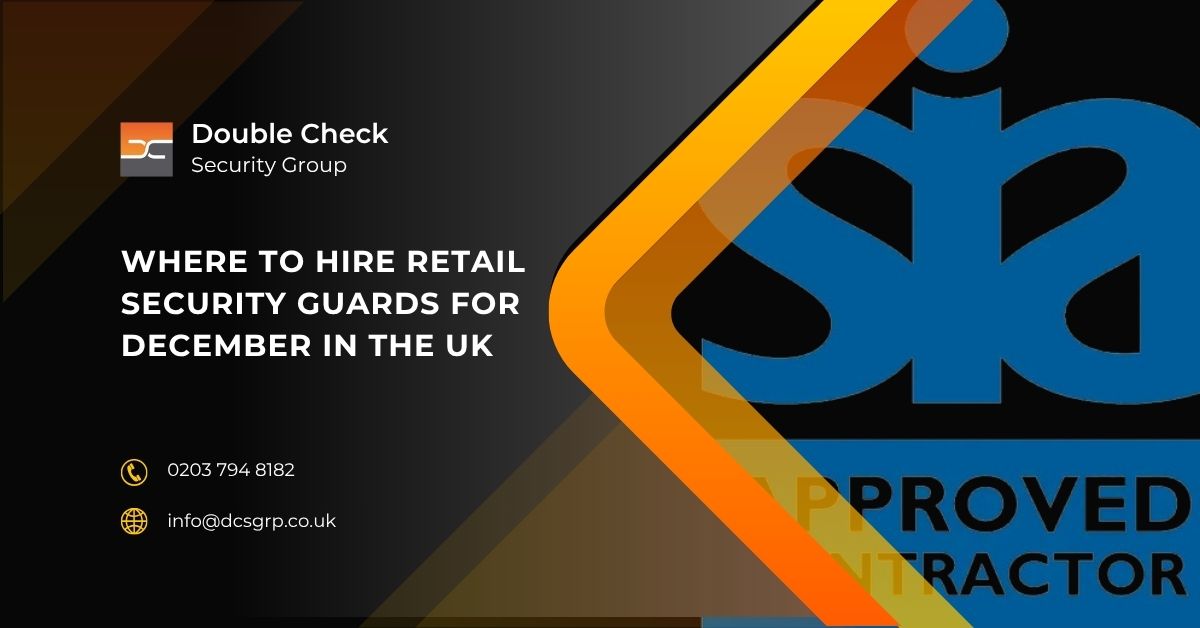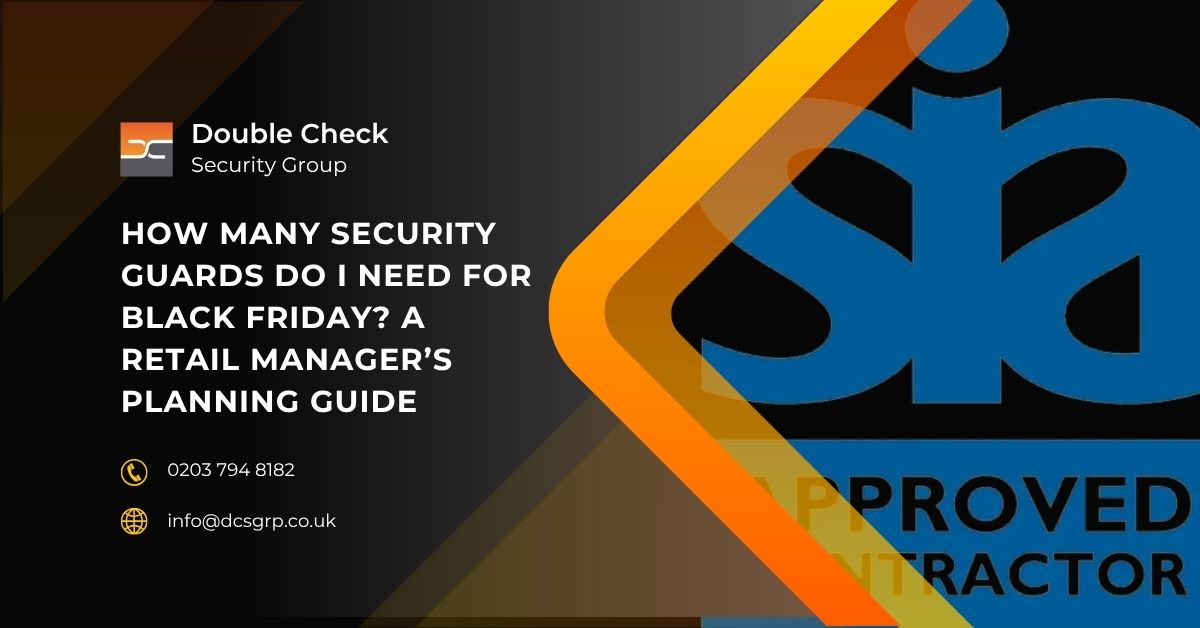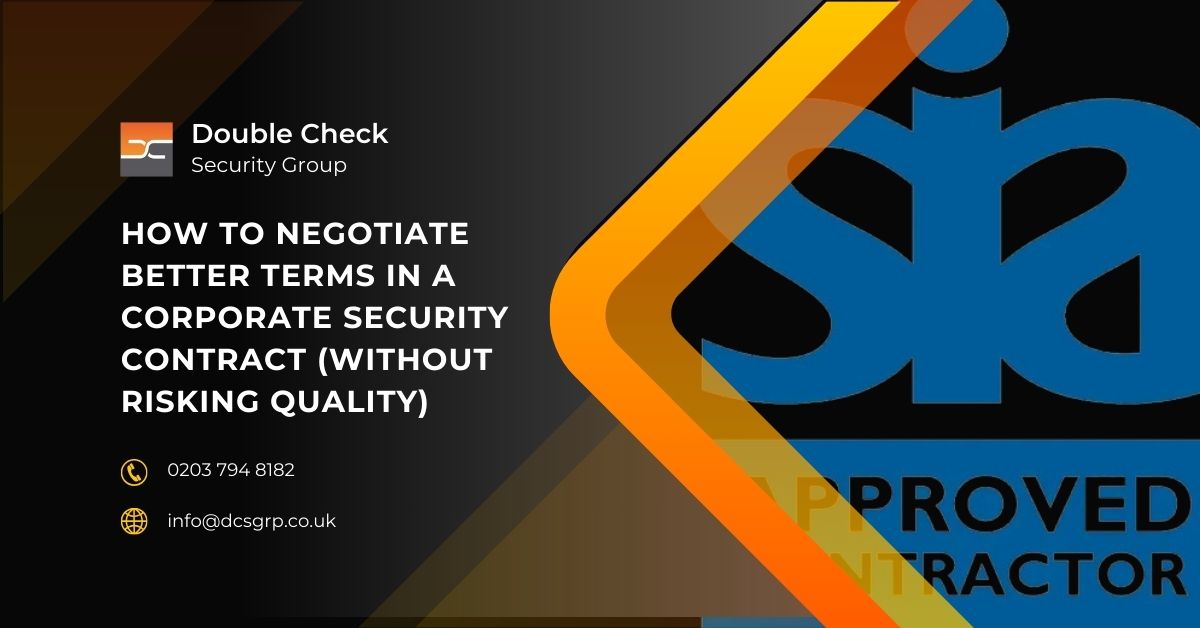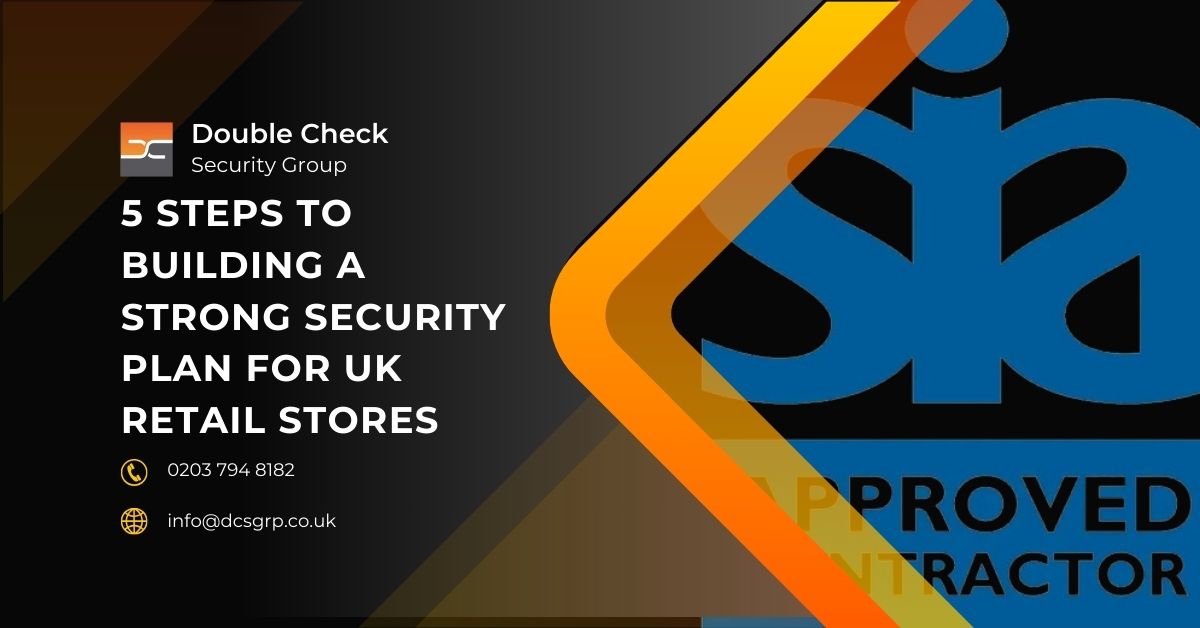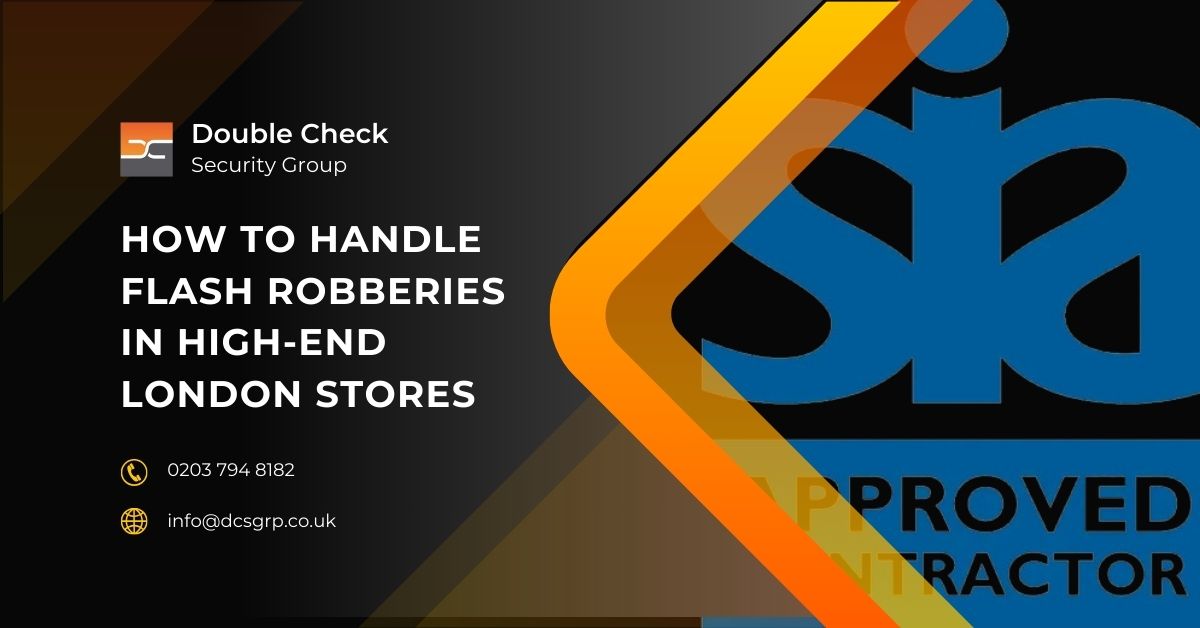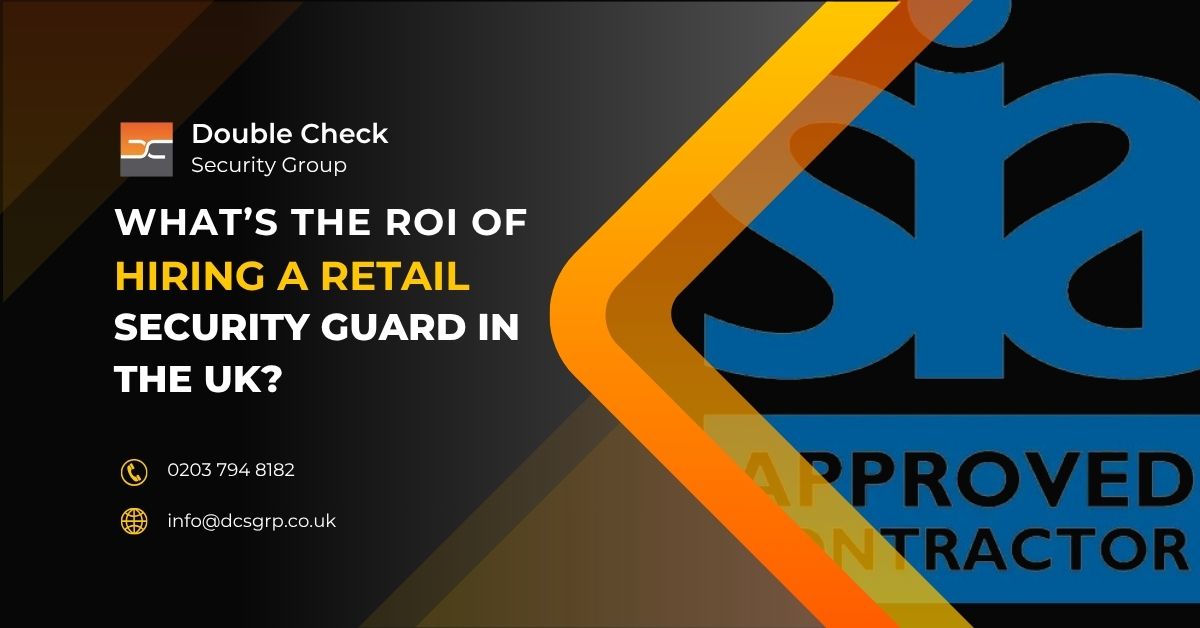What’s the difference between Loss Prevention and Security Guards in retail?
Loss Prevention and Security Guards both protect retail businesses, but they work in different ways. Loss Prevention is focused on preventing theft by using surveillance systems, behaviour analytics and covert methods to identify suspicious patterns. Security Guards are more visible. They monitor entrances, patrol shop floors and respond to incidents as they happen. Choosing the right combination of these roles depends on your store’s theft risk profile, layout and operating budget. Making the right decision improves customer safety, lowers shrinkage and supports more efficient store operations.
Key Differences Between Loss Prevention and Security Guards
Who does what in retail security?
Loss Prevention staff work quietly behind the scenes. They monitor stock movement, review CCTV footage and apply behaviour detection training to spot internal theft and shoplifting. Their work also includes compiling incident reports and liaising with police and external investigators when needed.
Security Guards act as a visual deterrent. Their physical presence discourages theft, anti-social behaviour and unauthorised access. They are responsible for retail patrolling, managing access control, conducting bag checks and helping de-escalate confrontations on-site. Unlike LP officers, guards are usually dressed in uniform and are highly visible.
Training requirements and responsibilities
Loss Prevention professionals undergo more advanced training that covers investigative techniques, internal fraud detection and the use of surveillance analytics such as gesture recognition AI and behavioural tracking systems. They work with store managers and loss analysts to create theft response strategies and implement data-driven prevention.
Security Guards typically receive foundational safety training. They are often supplied through contract providers, making them easy to scale depending on staffing needs. While their duties are broader and less specialised, they are essential in creating a safer and more controlled retail environment.
Discretion compared to visible deterrence
The presence of Security Guards reassures customers and reduces opportunistic theft. In contrast, Loss Prevention staff operate discreetly and often dress to blend in with staff or customers. This allows them to detect complex behaviours and patterns that might go unnoticed in the presence of uniformed personnel.
Pro Tip : Always ensure both LP and guards are trained on the same store incident protocol to prevent communication gaps during live events.
Secure Your Retail Store with Expert Help
Want a tailored security plan for your store? We help you blend LP and guard strategies for real results.
Which is more suitable for your store’s needs?
How do you choose between LP and Security Guards?
Start with a security risk assessment. Look at your store layout, historic shrinkage data, product type and location. High-shrink categories such as electronics, cosmetics and fashion may benefit more from a mix of covert LP operations and visible security presence.
- Stores in high-risk locations should consider combining both roles for balanced coverage.
- Shops in low-shrink areas may only require basic visual deterrents such as uniformed guards.
- Retailers with known internal theft benefit more from a dedicated Loss Prevention team that uses analytical tools.
This approach aligns with hybrid protection which uses store analytics and patrol support for effectiveness..
Budget planning and return on investment
Security Guard services are cost-effective when you need flexible coverage or presence across multiple stores. Loss Prevention teams require more investment due to training and advanced surveillance responsibilities. However, they offer higher long-term value through direct shrinkage reduction.
To help balance cost and benefit, apply a retail ROI calculator to compare spend against loss trends. Smart allocation of your security budget based on store profile can offer measurable financial return.
Manpower Models: Staffing, Scheduling and Deployment
How are these roles scheduled and staffed?
Loss Prevention officers are usually long-term staff who integrate into store operations. Their schedules are tailored to match theft risk periods such as weekends, promotional events and peak trading hours. Their familiarity with store layout and staff behaviour gives them the advantage of pattern recognition and internal threat detection.
Security Guards are typically contracted and assigned to shifts based on store size, opening hours and expected customer flow. Their scheduling can be easily adjusted during seasonal sales, product launches or footfall surges.
Workforce planning and structure
- LP department size is shaped by stock risk, previous shrink data and store turnover.
- Guard deployment is determined by public-facing areas, entrances and security headcount requirements.
- Turnover rate for LP roles is lower due to specialist knowledge.
- Guard shift rotation offers greater flexibility for multi-site coverage.
Pro Tip : Use theft pattern data and CCTV footage reviews weekly to identify peak shrink hours and adjust LP shifts accordingly.
Upgrade Your In-Store Experience
Let our retail security experts show you how visible guards can boost trust, sales, and customer loyalty.
Cost, Salaries and Return on Investment
What do LP and Security Guards cost in the UK?
Based on industry averages:
- Loss Prevention officers earn between £25,000 and £38,000 annually depending on seniority.
- Security Guards are usually paid £20,000 to £30,000 with many working under fixed hourly contracts.
This reflects the different levels of responsibility and training involved.
What are the benefits of each investment?
Loss Prevention delivers measurable ROI through reduced shrinkage, internal fraud prevention and accurate reporting of theft incidents. This role improves data visibility across stock systems and helps secure high-value inventory.
Security Guards offer immediate impact through presence. They reduce the likelihood of opportunistic theft and help maintain order during busy trading times. Their strength lies in handling real-time situations and safeguarding public spaces.
Legal Powers and Liability Risks
What legal powers do Loss Prevention and Security Guards have in the UK?
In the UK, both must operate under Security Industry Authority (SIA) licensing rules. LP officers are allowed to carry out detentions under shopkeeper’s privilege or perform a lawful citizen’s arrest if there is reasonable cause. Their training includes suspect handling and incident escalation procedures.
Security Guards are limited to observing and reporting unless they are licensed and trained for further action. Any forceful action must follow company protocols. Missteps in detaining a customer or using unreasonable force can expose businesses to legal risks.
Reducing liability through compliance
All personnel should follow SIA code of conduct, human rights legislation and internal policy. This includes using approved procedures for incident logging, use of force and customer interaction. Well-trained LP staff typically pose lower liability risk due to their structured protocols and evidence-based response methods.
Additional guidance can be found in the SIA’s official guidelines.
Role of Technology in Each Approach
How does technology support LP and Security operations?
Loss Prevention professionals rely on behavioural detection systems and store analytics platforms. These include:
- Smart shelf alerts
- Gesture AI recognition
- RFID-based stock tracking
- Real-time LP dashboards
- Offender tracking software
These tools allow for data-driven shrink control. LP can identify repeat offenders, target high-risk zones and align staff with risk patterns.
Security Guards support technology use through active monitoring and coordination:
- CCTV monitoring hubs
- Two-way communication systems
- Remote access control panels
- Panic alarm response systems
This setup allows guards to act quickly, coordinate across teams and keep customers safe in emergencies.
Final Recommendations: Blended Strategies That Work
Should retailers combine LP and Security Guards?
Yes, using both roles in a combined strategy strengthens store protection. LP handles covert surveillance, shrink response and internal risk, while Security Guards maintain a public-facing presence and support with rapid on-site response.
How do you implement an effective store security plan?
- Use LP in high-theft zones like stockrooms, high-value aisles and POS terminals.
- Position guards at entry points and key customer areas.
- Integrate reporting tools so both teams log and share incidents through shared platforms.
- Train staff in basic security protocols so they can support both LP and guards effectively.
- Review internal security policy regularly to ensure compliance and alignment.
With the right mix of analytics, staffing and visibility, UK retailers can significantly lower shrink, boost shopper confidence and safeguard profits.


